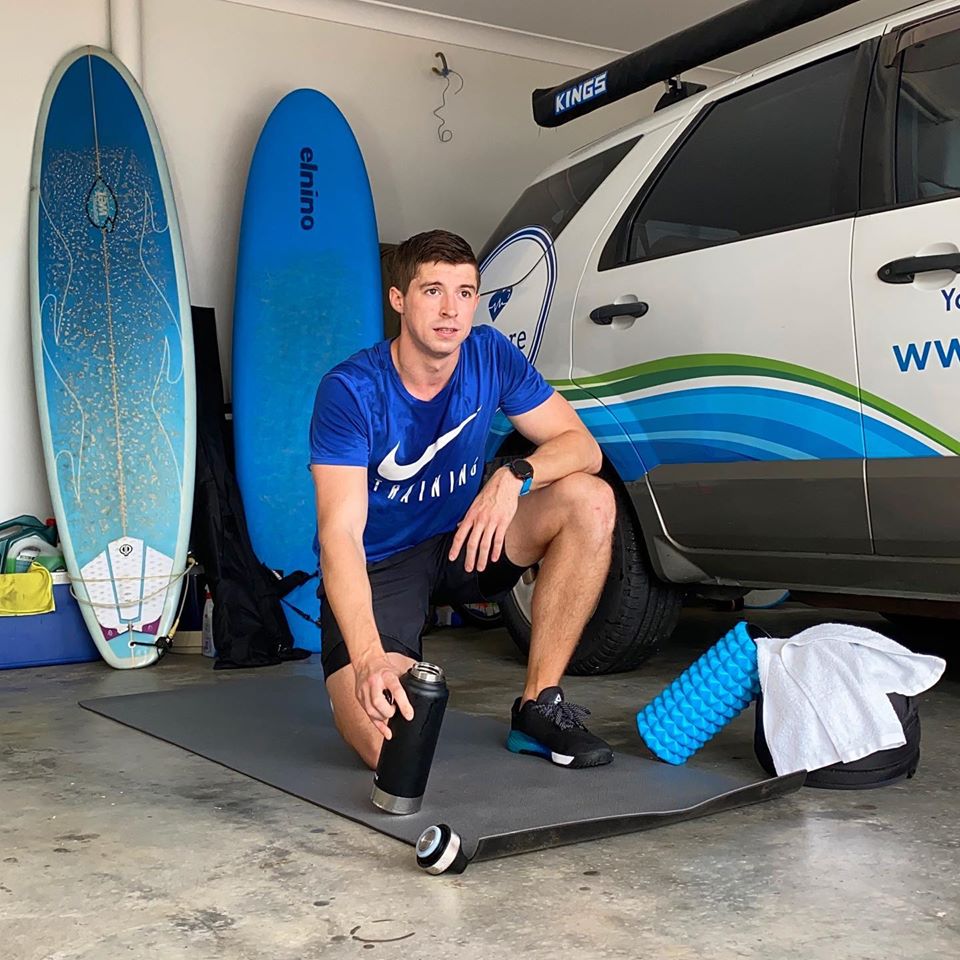How to Start – There’s Something For You
You set yourself the New Year’s resolution to get to the gym or lose weight but it’s March and you’re already thinking ‘maybe next year’. In this article we’ll talk about making a change that will improve your life and not just see you back where you started 4 weeks later.
Making a change
When it comes to any lifestyle change (and physical activity is a crucial one) we can start with simple questions: ‘Where am I now?’ and ‘Where do I want to be?’
I ask all my patients a nice open question to start the conversation about physical activity: “How active are you?” or “How do you like to move?” This is to get an idea of where their baseline is. Before I can give any advice regarding what movement to do and how often, I need to know this. I can’t launch in with “You should attend CrossFit sessions 3 times a week” when if I asked, their answer would be “I can walk to the end of my driveway on a good day”.
So how active are you? There are no wrong answers here. To be scientific we’re trying to identify your exercise dose and we can use the acronym F.I.T.T. (Frequency, Intensity, Time, and Type) to help with this.

Making progress
Next, it’s about how we improve from your original answer. This is the fun part! It’s crucial to remember these two things.
- There is movement that you will enjoy
- There is no rush to improve
Whenever you’re doubting the processes, losing motivation, or finding it hard, remind yourself of these.
1. There is movement that you will enjoy
I truly believe that there is a movement or group of movements that you will enjoy. If you’re unsure, you’ve just not found it yet. We’re so conditioned to think of the gym or running when it comes to exercise that we often jump to the conclusion ‘exercise isn’t for me’. There’s so much more to exercise than this.
I spoke to Exercise & Sports Science Australia (ESSA) CEO, Anita Hobson-Powell, and asked her advice on how people can find physical activity that suits them.
“Make a list of what you enjoy or what will keep you committed. You don’t need to commit to one thing. Many people like variety to what they do. i.e. Do something different every session, doing a different activity every few months.” said Hobson-Powell.
Exercise is ‘physical activity that involves planned, structured, and repetitive bodily movement done to maintain or improve one or more components of physical fitness’ or simply put: movement with the intention of improving your fitness. Dance, swim, run, jump, crawl, dive, or cartwheel. Do it on your own, with a friend, with your kids or your partner, do it in front of the television or on a zoom call with a group. Do it as soon as you wake up, during your lunch break, or when winding down before bed.
If you’re stuck for ideas, visit our activities page and search the hundreds of local activities on the coast. If you’re recovering from injury or illness there are exercise specialists who can help. If you’re looking to try something completely new, see what’s nearby and reach out to a new provider. Still have your doubts? Reach out to me with my contact details at the bottom of this article – I love to play movement matchmaker.
2. There is no rush to improve
You don’t have to be a professional athlete right away… or ever! In fact, if you try to improve too quickly, you’re more likely to face injury or burnout and fall back to square one.
Here’s ESSA CEO, Anita Hobson-Powell again:
“Start with baby steps. Have a look at your diary and see where you can find 3 lots of 20 minutes (before the kids wake up, lunch time break, walking to the train station, while the kids do sport). Book a date with yourself.”
“If you miss a session, don’t be hard on yourself, it’s not the end. Commit to the next session. And no, you don’t need to do double to make up for it.” continued Anita.
We always overestimate how big the first step needs to be. That first swim, first class or first run can be scary enough. Start small, really really small. Enough that when you’re done you think ‘I could do that again’. If you want to run, try a walk-run-walk first and go from there.
ESSA also created the site Exercise Right to help you live more active lives and to understand where to get the right advice for your individual needs regardless of age or health status.
Keep a record
The last piece of advice that will improve your rate of success: track what you do in a diary or spreadsheet and share it with a friend. This creates discipline and routine for when your motivation dips as well as a sense of accountability.
Summary
- What’s your current exercise dose?
- There is something for you, get out there and find it!
- There’s no rush, progress is the goal.
- Keep a record and find an accountability buddy.
- Visit our activities page to find your next activity.
Disclaimer
The information and opinions expressed in this article are my own and not the advice of a local health district or governing body. Information has been collected from reputable sources at the time of writing. Always seek the guidance of your doctor with any questions regarding your own health or a medical condition.







